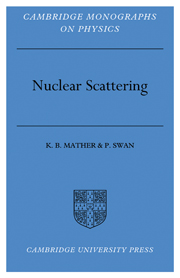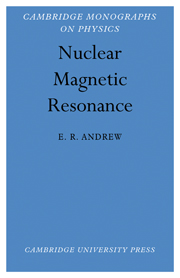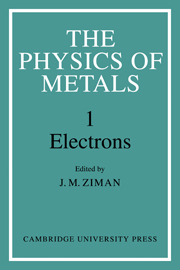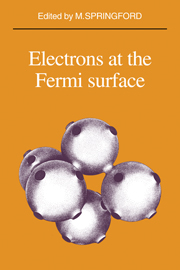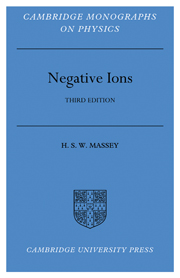Nuclear Scattering
This is a 1958 study of the scattering of particles which occurs when atomic nuclei collide. It provides one of the main lines of attack in exploring the forces within the nuclei themselves. Using the particle accelerators which were then available, the authors design experiments in which the less complex particles collide under controlled conditions, yielding quantitative data from which information about nuclear forces can be deduced. This book describes the physics of nuclear scattering, including the experimental results and their interpretation in terms of nuclear forces and nuclear structure. On the experimental side, standard equipment has been discussed only in the special context of scattering technique. The theoretical discussion assumes a general acquaintance with quantum mechanics and with elementary scattering formulae encountered elsewhere in relation to the scattering of electrons by atoms.
Product details
June 2011Paperback
9780521279444
480 pages
216 × 140 × 27 mm
0.61kg
Available
Table of Contents
- Authors' preface
- 1. Nuclear scattering in relation to nuclear forces
- 2. Theoretical concepts and experimental methods
- 3. Charged-particle scattering techniques
- 4. Neutron scattering techniques
- 5. Determination of beam energy
- 6. Low energy neutron-proton scattering
- 7. Low energy proton-proton scattering
- 8. Scattering of neutrons and protons by very light nuclei
- 9. Non-central forces and spin-orbit coupling
- 10. High energy neutron-proton and proton-proton scattering
- 11. High energy scattering of neutrons, protons and deuterons by light nuclei
- 12. Nuclear models and resonance scattering
- Appendices
- References
- Index.

